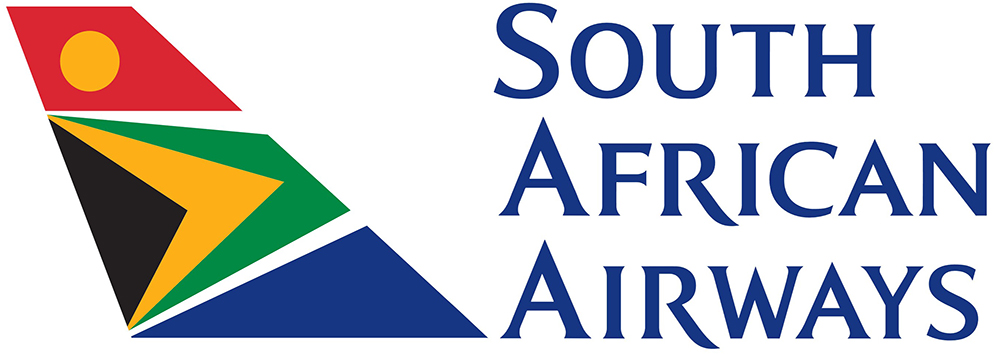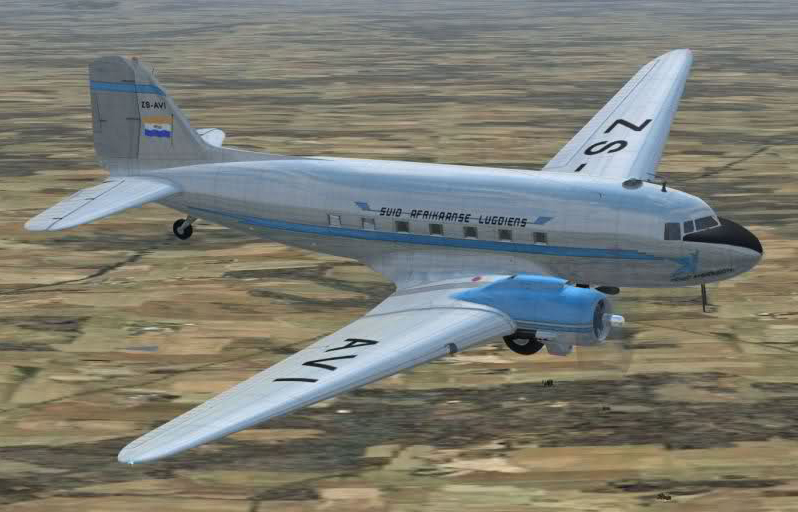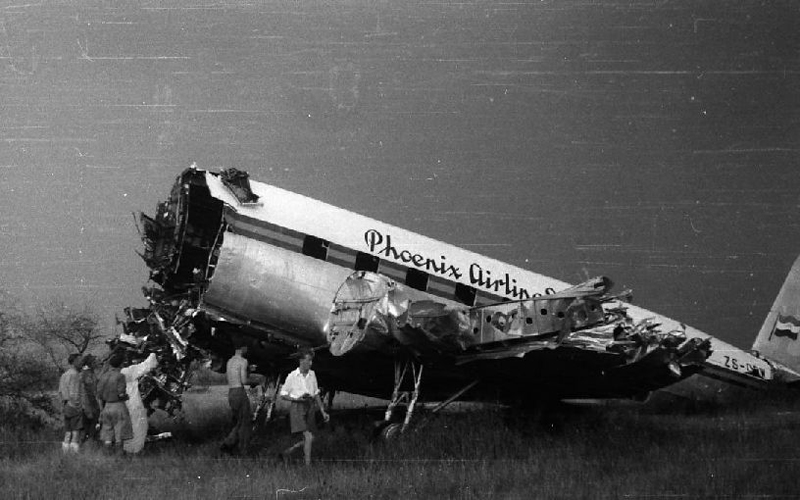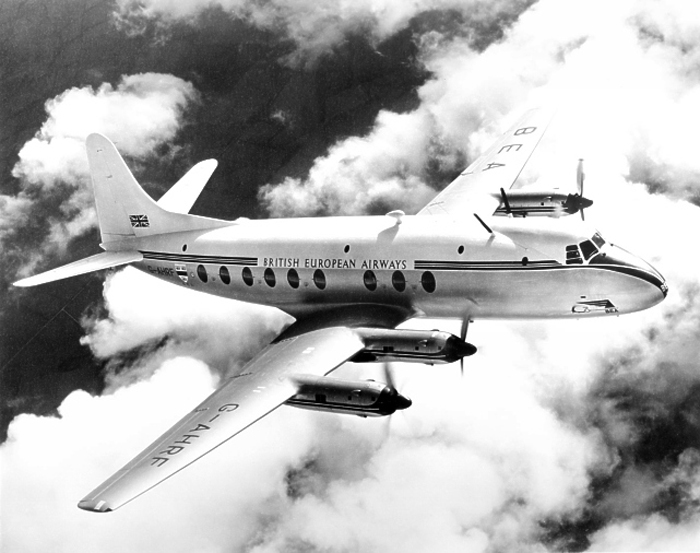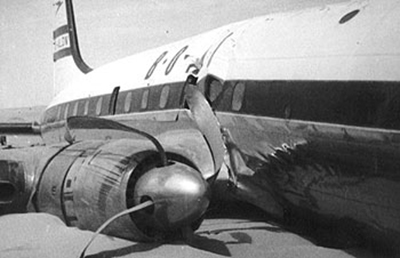Crash of a Vickers 607 Valetta C.1 in Tabora
Date & Time:
Sep 28, 1952
Registration:
VX507
Survivors:
Yes
Crew on board:
0
Crew fatalities:
Pax on board:
0
Pax fatalities:
Other fatalities:
Total fatalities:
0
Circumstances:
After touchdown at Tabora Airport, the left main gear collapsed. The aircraft slid for several yards, swung about 100 degrees and came to rest. There were no casualties but the aircraft was considered as damaged beyond repair.
Probable cause:
It was determined that the left main gear collapsed after the tire burst on touchdown.


